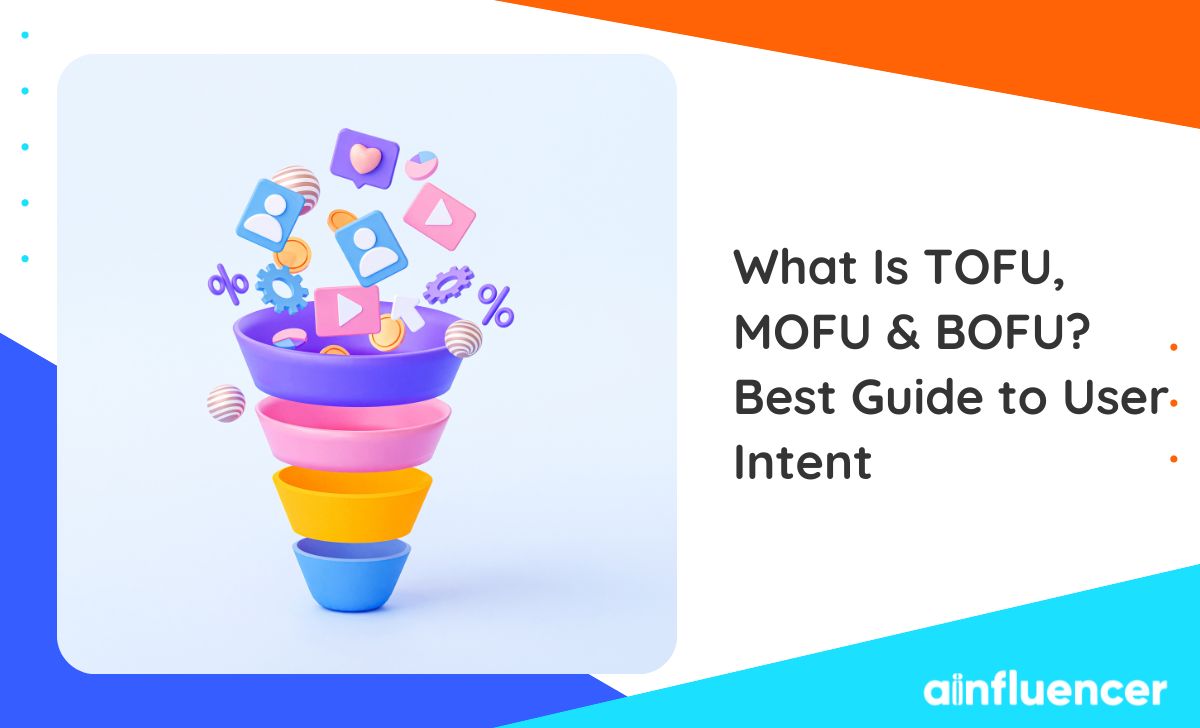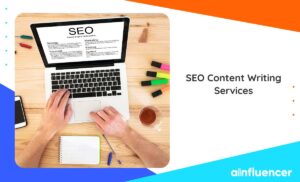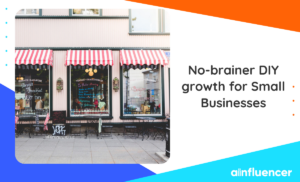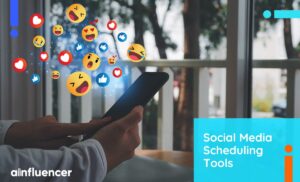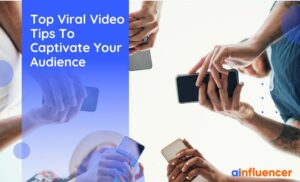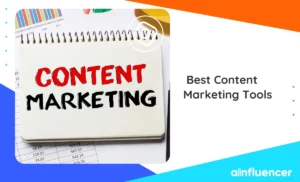Contrary to popular belief, SEO isn’t just about optimizing your website and its content to appease Google’s algorithm. User intent plays a huge role as well.
After all, Google’s primary objective at all times is to provide value to its users, just as you strive to do with your own website. Google can achieve this ever-present goal by simply making sure that the content it provides to its users aligns with the user intent.
In this regard, SEO is actually content-driven by nature. Understanding user search intent can help ensure that you’re presenting your site visitors with the information they’re most likely to need, which in turn can help you create a powerful content marketing strategy and take out the #1 ranking position on SERPs (or ‘search engine results pages’).
Read on for a more detailed breakdown of the relationship between user intent and your sales funnel.
The Importance of User Intent
Before we get to our topic, let’s get one thing straight: User intent behind keywords isn’t always set in stone, as they’re dictated by consumer behaviors.
For example, a campaign that utilizes link building in Australia may find that some of the search terms they’re targeting possess a different user intent in their market versus in an American market.
This is just one example of why it pays to be precise and have a tailored approach when it comes to utilizing the power of user intent.
But what exactly is involved with maintaining a tailored approach, aside from simply being aware of the four types of user intent? Any seasoned marketing specialists will know that the four types of user intent can be observed at different points along the buying cycle.
So ensuring that your digital content aligns with the search intent found at the top, middle, and bottom of your sales funnel, can help integrate your content marketing strategy with your sales strategy, resulting in higher conversion rates for your digital marketing campaign.
What is TOFU, MOFU & BOFU?
As you may have already guessed, TOFU, MOFU, and BOFU are shorthands used to refer to different points along your sales funnel, these being:
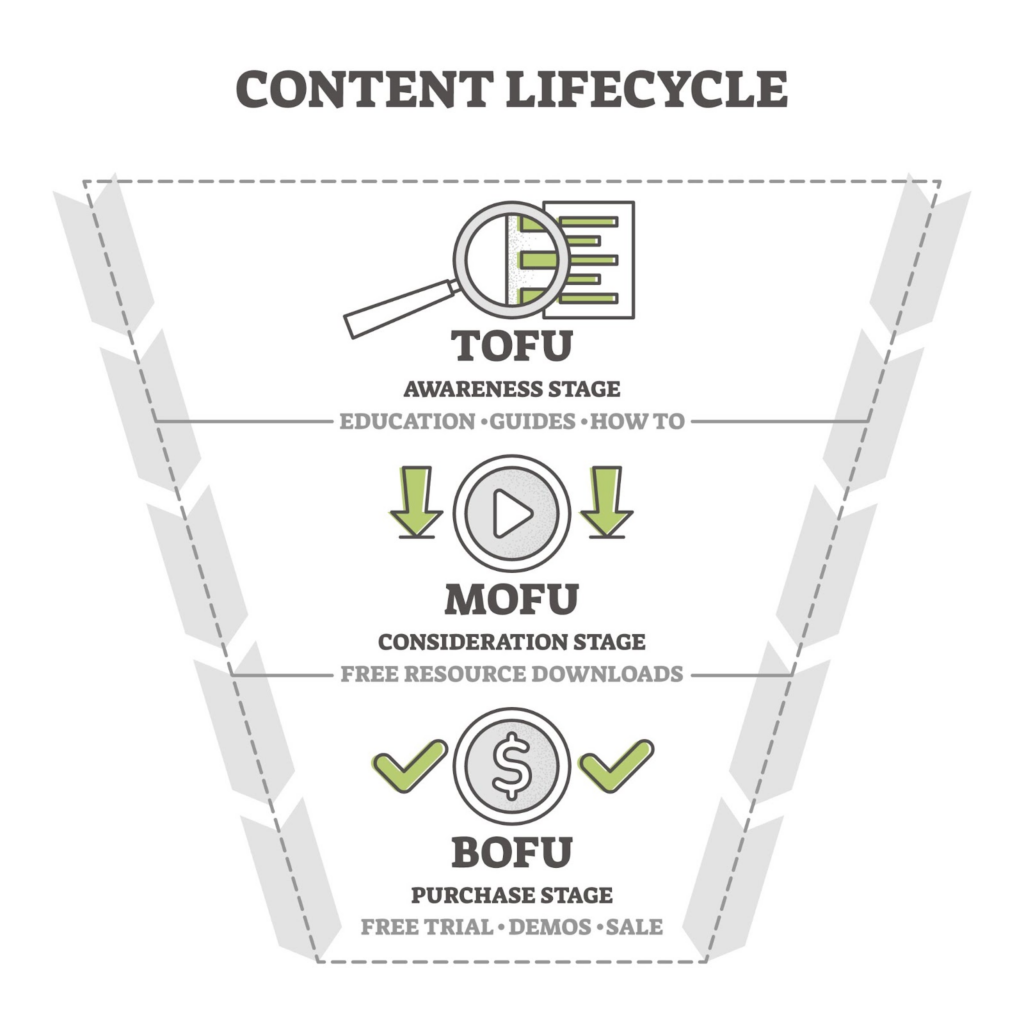
- TOFU – the top of the funnel
- MOFU – the middle of the funnel
- BOFU – the bottom of the funnel
Decades of consumer research have shown that there are some patterns in the way that we prepare to make a purchase, either in-store or online. For starters, many of us are likely to do a little bit of research into a product or even on a ‘problem’ related to that product before looking into the product itself.
In fact, very rarely will we go straight to Google with the intent of buying a product (and using search terms with a transactional user intent) without first doing a fair couple of searches that explore reviews or testimonials pointing to that product, or even the retailer selling that product.
Logically then, we can take an educated guess as to what kinds of search intent can be observed at each point along your sales funnel.
And if we’re aware of the search intent that can be observed, then we can use this information to strategically develop content that helps facilitate your site visitors straight from the informational intent or research phase and straight through to the transactional intent or buying phase.
#1 TOFU – Top of the funnel
Let’s start with the top of the funnel. Buyers at the top of your sales funnel are at the ‘awareness stage’ of their buying process. This means that they’re currently familiarising themselves with a product or service and deciding whether that investment is right for them.
Buyers at this stage may even be researching a problem related to the product or service itself.
For example, if a search user is looking up ‘best ways to clean carpets’, you can assume they could potentially be in the market for a steam cleaner, even if they haven’t started looking into that exact product just yet.
So if you happen to sell steam cleaners, writing informative content that actually looks into the ‘best ways to clean carpets’, could provide you with an effortless foot in the door of their purchasing decisions.
All you have to do is write a blog that’s designed to rank for that particular search query and then include a link to your steam cleaning products and increase your brand awareness. It’s as easy as that!
Content ideas for the top of the sales funnel
As buyers at this point of the funnel will be more likely to use search terms with informational user intent, marketers should prioritize the development of informative content to rank highly for those terms.
Any platforms that allow you the opportunity to publish informational content should be utilized here. These can include industry-relevant blogs, newsletters, and forums, as well as social media posts and infographics.
For those looking to produce SEO-optimized content for TOFU, consider developing ‘how to’ guides and perhaps even content that answers frequently asked questions relating to the search terms you’d like to target.
YouTube videos and podcasts can also be fantastic forms of content here, as buyers are likely to engage with this content during their research phase.
#2 MOFU – Middle of the funnel
If you’ve got a fair amount of SEO-friendly informational content for users to explore across TOFU, then the next step is to make sure that you’re not letting any of those leads fall off as they move further down your sales funnel.
That brings us to MOFU, or the middle of your funnel, where you can expect your prospective buyers to be in the ‘consideration’ or ‘evaluation stage’ of their customer journey.
Unlike TOFU and BOFU, MOFU content is a bit harder to identify, just because this section of your sales funnel is really supposed to be an ‘in between’ point – separating users who are looking to learn from customers who are looking to buy. The most common types of user intent you’ll be likely to see across the middle of your sales funnel are:
- Informational intent → with a greater focus on a particular consumer problem and the possible (commercial) solutions for that problem.
- Navigational intent → as prospective customers begin to identify the most reputable websites/products/services that will help them resolve that consumer problem.
Remember that MOFU buyers are still weighing up whether they want to purchase your solutions or solutions offered by your competitors, so it’s important not to ‘oversell’ to users at this point in your sales funnel.
Your primary objective should be to present yourself as an authority on the problem they’re looking to solve, not just another salesman looking to make a quick buck.
Content ideas for the middle of the sales funnel
To best support your buyers through their consideration stage, you’ll want to make sure that all the content targeted toward customers at the middle of your sales funnel provides plenty of valuable information and resources to further support their own research.
Consider developing resources like e-books, white papers, and blog posts that go further in-depth with the information provided in your TOFU-optimised content.
We recommend using a pillar and cluster content strategy for linking informational blog posts and articles together. Utilizing this method can help provide your prospective buyers with a myriad of valuable resources to be used in their consideration stage, alongside helping to present your website as an authority on the topic.
Higher authority means higher Google rankings, which means more foot traffic. This is a positive feedback cycle that you will want to tap into, and it all starts with your TOFU- (and MOFU-) optimized content!
#3 BOFU – Bottom of the funnel
And that finally brings us to the bottom of the funnel. You can expect search users at this stage to be ready to buy. All that really stands in their way is a matter of ascertaining the value and the price of the products or services that they’re looking to acquire.
As a result, the most common types of search phrases that you will see at this stage of the buying journey are those with commercial or transactional search intent. These can be search terms like ‘buy desktop PC online’ or ‘best coffee makers’.
Content ideas for the bottom of the sales funnel
Users at the bottom of the sales funnel are typically in the final stages of deciding where to buy, which means that now is the time to start selling yourself and showcasing how your product or service provides more value (or benefits) over those offered by your competitors.
Consider developing content that provides case studies, engaging testimonials, or in-depth comparisons between your product and other competitor products.
And although we did mention YouTube videos as a potential content idea for the top of your sales funnel, it’s important to note that not all video content responds to informational user intent. Video content can also easily be commercial or transactional – think product demonstrations or promotional videos.
Let’s use the example of steam cleaners again here. As customers would ideally want to see your product in action, producing video content is a great solution. It showcases your steam cleaner’s carpet cleaning benefits and performance and can help you adequately fulfill the user’s search intention at this ‘consideration stage’ of their customer journey.
FAQs on User Intent
Here are some common questions about user intent and its significance in any kind of business:
Q1. What Are the Four Types of User Intent Along the Buying Cycle?
User intent refers to the underlying motivation or purpose behind a user’s search query. Understanding the different types of user intent is crucial for developing targeted content that aligns with the needs and expectations of potential customers at various stages of the buying cycle.
The four types of user intent commonly observed along the buying cycle are informational intent, navigational intent, commercial intent, and transactional intent.
Informational intent occurs when users are seeking information or answers to their questions. They may be looking for tutorials, guides, or articles that provide insights and knowledge on a particular topic.
Navigational intent comes into play when users are searching for specific websites or brands. They have a clear destination in mind and are using search engines as a means to reach that website or brand.
Commercial intent arises when users are actively researching and comparing products or services. They are considering different options and exploring potential solutions to their needs.
Lastly, transactional intent occurs when users are ready to make a purchase. They are searching for specific products, deals, or services and are likely to convert into customers.
BOFU and beyond?
Of course, all marketing specialists know that the customer journey is really more of a cycle than a linear process, or at least it should be considered a cycle for businesses who are looking to boost their customer retention. So what follows BOFU optimization?
Now that your site visitor has hopefully been converted into a customer thanks to your strategically developed sales content, you’ll want to turn your attention towards providing some post-purchase customer journey touchpoints.
Doing so can increase the likelihood of enjoying repeat business for your enterprise, cultivating a strong customer retention rate.
If you’ve been able to retain an email address or other contact information for your customers, consider investing in SMS or email marketing to support your site’s sale content. That way, you can keep former customers in the loop and inspire them to buy again.
It’s also possible for former customers to rejoin your sales funnel from the very top. Especially if they’re looking to buy another product or service that you offer which has benefits or purposes that are distinct from their first purchase with you.
So think about how you can use search intent to perhaps even create strategic content for your EDMs, social media, and other channels that can complement your SEO-optimized TOFU, MOFU, and BOFU content.
All things considered, keeping user intent in mind when developing marketing or sales content has far many more benefits than just improving your Google rankings alone. Using this methodology for the development of content can help improve your brand awareness across virtually all your digital channels. And the more opportunities you have to communicate with your target audience, the more likely you are to gain their trust and inspire them to explore all the information and resources available across your sales funnel.
